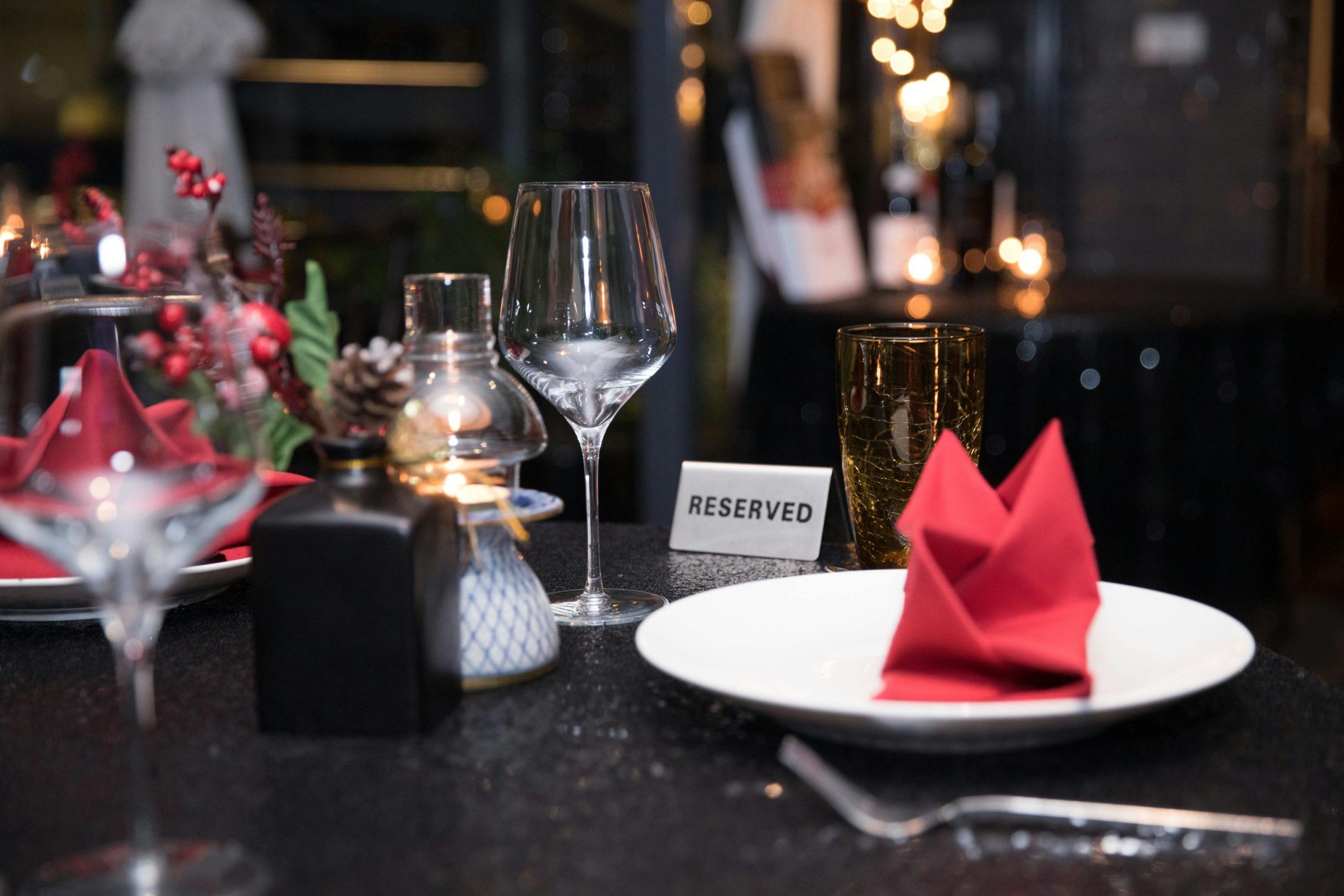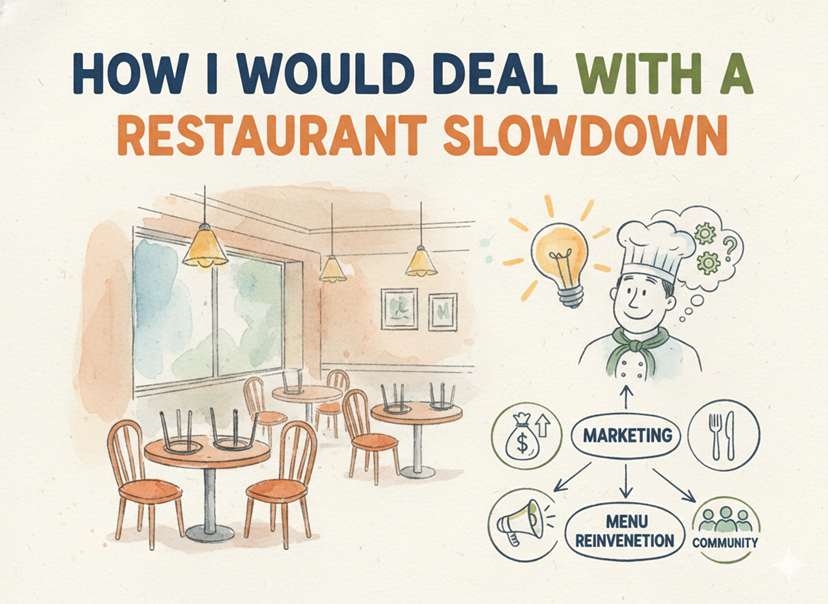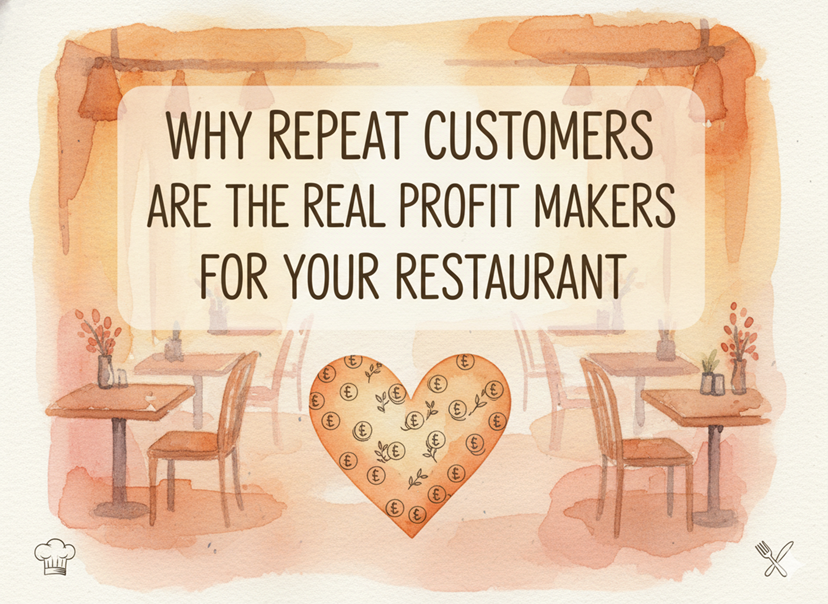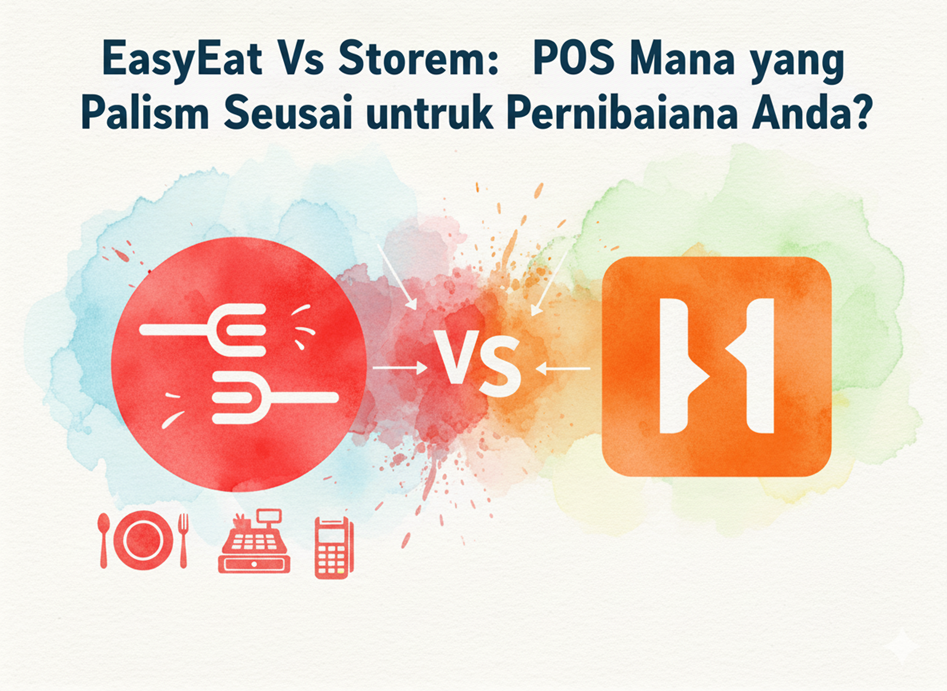If you’re opening a new restaurant or want to revitalize your current restaurant then you just cannot miss out on the modes your customers visit your restaurant. A lot of restaurants have the option of reservations and also the option of walk-in dining. Both options come with their advantages and challenges, and choosing the right one depends on your restaurant’s style, size, and goals. Read more to find out which mode you should choose, and what the advantages and disadvantages of both are.
The Benefits and Challenges of Walk-In Restaurants
Restaurants with walk-in seating allow customers to arrive whenever they want without needing a prior booking. This system works well for casual eateries, fast-food outlets, and places with high customer turnover.
One of the biggest advantages of being a walk-in restaurant is flexibility. You don’t have to deal with no-shows, which can be a problem for restaurants that take reservations. No-shows can cost you a lot—studies show that around 20% of reservations end in no-shows (Source: OpenTable). Walk-in seating also gives you the chance to fill your restaurant continuously without gaps in your schedule.
However, the challenge with walk-ins is unpredictability. You might have an empty restaurant at one time and a long queue at another. Customers might leave if they have to wait too long. According to a survey by QSR Magazine, 78% of customers say they will leave a restaurant if they have to wait more than 30 minutes. This means you could lose potential sales simply because of long wait times.
Another issue is managing customer expectations. If your place gets full quickly, customers may feel frustrated if they can’t get a seat. You need a well-organized system to handle walk-ins, ensuring fairness and reducing wait times as much as possible.
The Pros and Cons of Reservation-Only Restaurants
On the other hand, reservation-only restaurants provide a structured dining experience. Customers book their tables in advance, which allows you to plan better and reduce chaos during peak hours.
One major benefit of restaurant reservations is guaranteed revenue. Since you know exactly how many people are coming, you can manage food inventory better and minimize waste. This is especially useful for fine dining or themed restaurants where preparation and presentation take more time.
Reservations also improve customer experience. People who book a table know they have a spot waiting for them, making their visit stress-free. According to a study by Resy, over 60% of diners prefer to book in advance to avoid uncertainty and long waits.
However, reservation-only restaurants have their own set of issues. No-shows are a major problem, and last-minute cancellations can leave empty tables that could have been given to other customers. Some restaurants use a deposit system or cancellation fees to prevent this, but enforcing such policies can be tricky.
Another downside is that reservations limit your ability to serve spontaneous customers. Some people prefer last-minute dining plans, and if they can’t get a table, they might choose another restaurant that allows walk-ins.
Comparing Both Models: Which One is Right for You?
Choosing between a walk-in system and restaurant bookings depends on various factors such as your customer base, restaurant size, and type of cuisine.
If you run a fast-paced restaurant with a quick turnaround, walk-ins may be the best choice. You won’t have to deal with no-shows, and your seating remains flexible. But if your restaurant specializes in fine dining or themed experiences, reservations might work better because they allow better meal planning and customer experience.
A hybrid system—where you accept both walk-ins and reservations—can be a good balance. You can keep some tables available for walk-ins while allowing reservations for peak times. Many successful restaurants adopt this approach to satisfy different types of customers.
Simplify Your Restaurant Booking with EasyEat
If you decide to offer reservations at your restaurant, managing them manually can be difficult. This is where EasyEat can help. EasyEat simplifies restaurant reservations by allowing customers to book tables easily through an online system. You can segregate reservations, manage no-shows efficiently, and ensure smooth table turnover.
With EasyEat, you don’t have to worry about double bookings or forgetting reservations. The system organizes everything in one place, giving you complete control over your restaurant’s seating. This not only improves customer satisfaction but also helps you optimize operations.
Making the Right Choice for Your Restaurant
Whether you go for walk-ins, reservations, or a mix of both, the key is understanding what works best for your space and customers. You should also be prepared to adapt based on customer feedback and business performance.
If reservations are part of your plan, using an efficient system like EasyEat can help streamline the process. It allows customers to book effortlessly, keeps them organized, and improves overall restaurant operations.
Frequently Asked Questions (FAQs)
- What does walk-in mean at restaurants?
Walk-in at restaurants means that customers can enter without a prior reservation. They are seated on a first-come, first-served basis, depending on table availability. - Are restaurant bookings necessary for all types of restaurants?
No, restaurant bookings are not necessary for all restaurants. Fast-food outlets, casual eateries, and food courts usually operate on a walk-in basis, while fine-dining restaurants often require reservations. - How can I manage restaurant reservations effectively?
Using a system like EasyEat can help manage restaurant reservations efficiently. It organizes bookings, reduces no-shows, and ensures a smooth dining experience for customers. - Should I charge a cancellation fee for reservations?
Charging a cancellation fee can reduce no-shows, but it may discourage some customers from booking. A better approach is to allow free cancellations within a specific time frame, such as 24 hours before the reservation. - Can a restaurant use both walk-ins and reservations?
Yes, many restaurants use a hybrid system where they keep some tables open for walk-ins while allowing reservations for peak hours. This offers flexibility and ensures a steady customer flow.
Whether you choose a walk-in system, a reservation-only model, or a combination of both, the key is to ensure smooth management. If reservations are part of your plan, EasyEat can make the process hassle-free, letting you focus on what matters—serving great food and keeping your customers happy.




